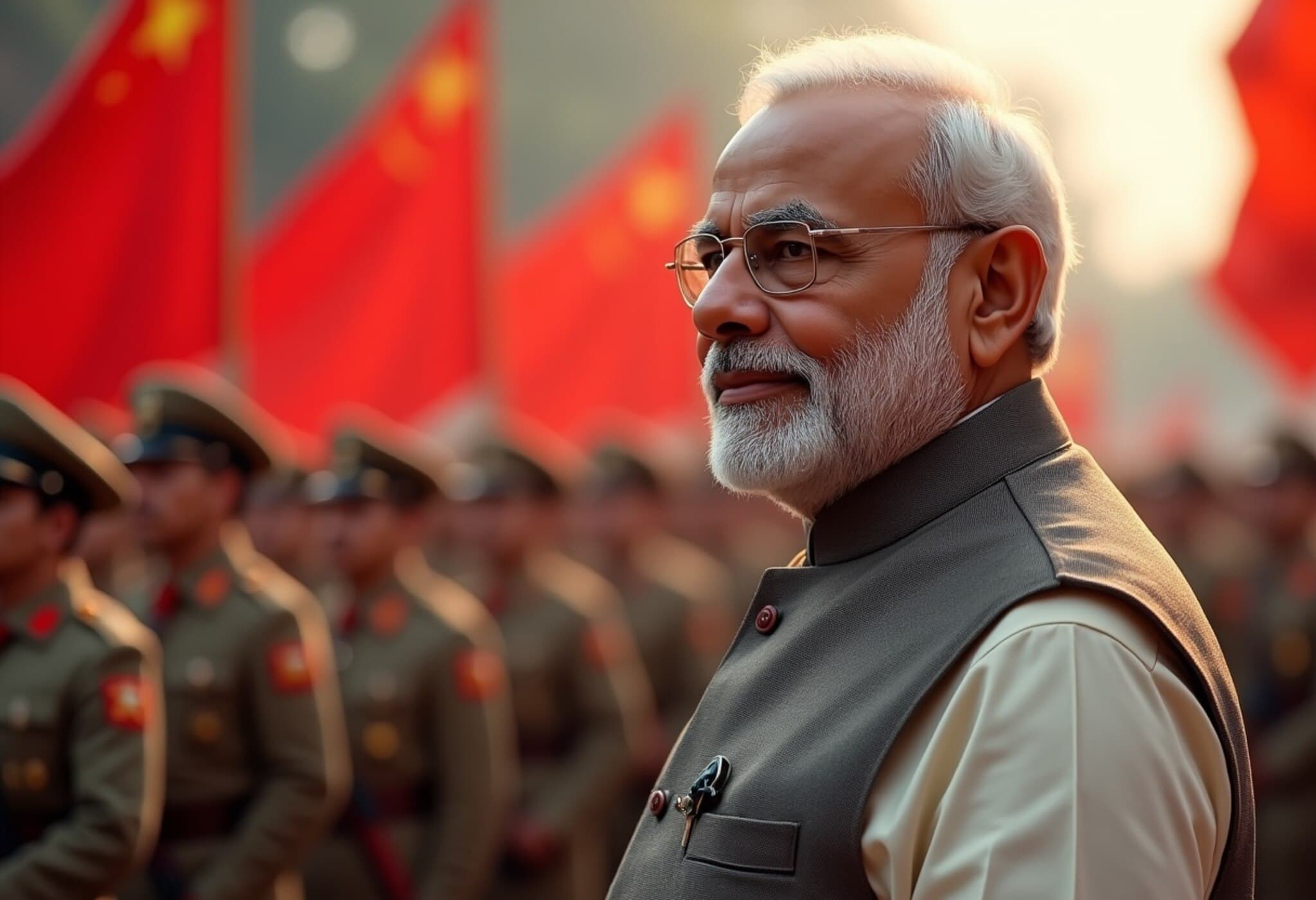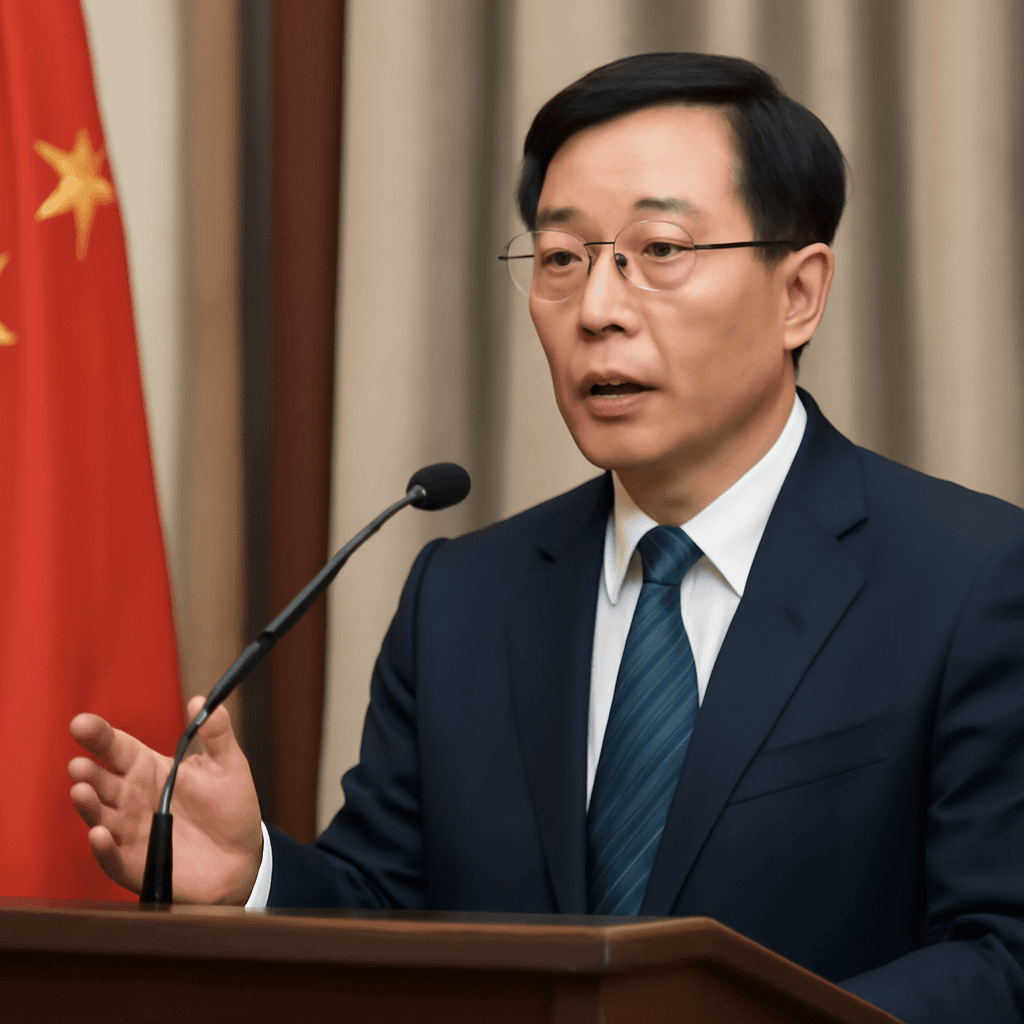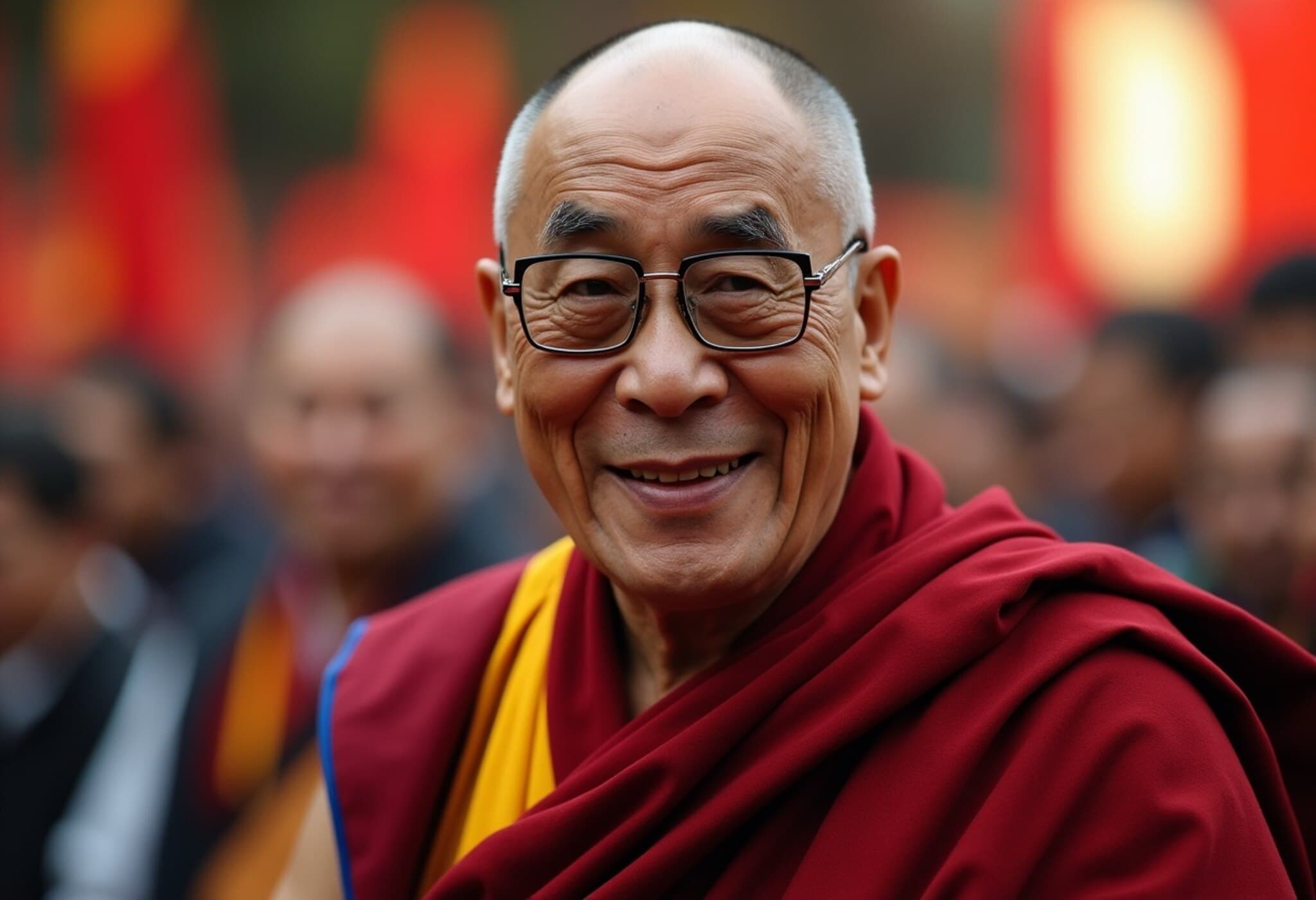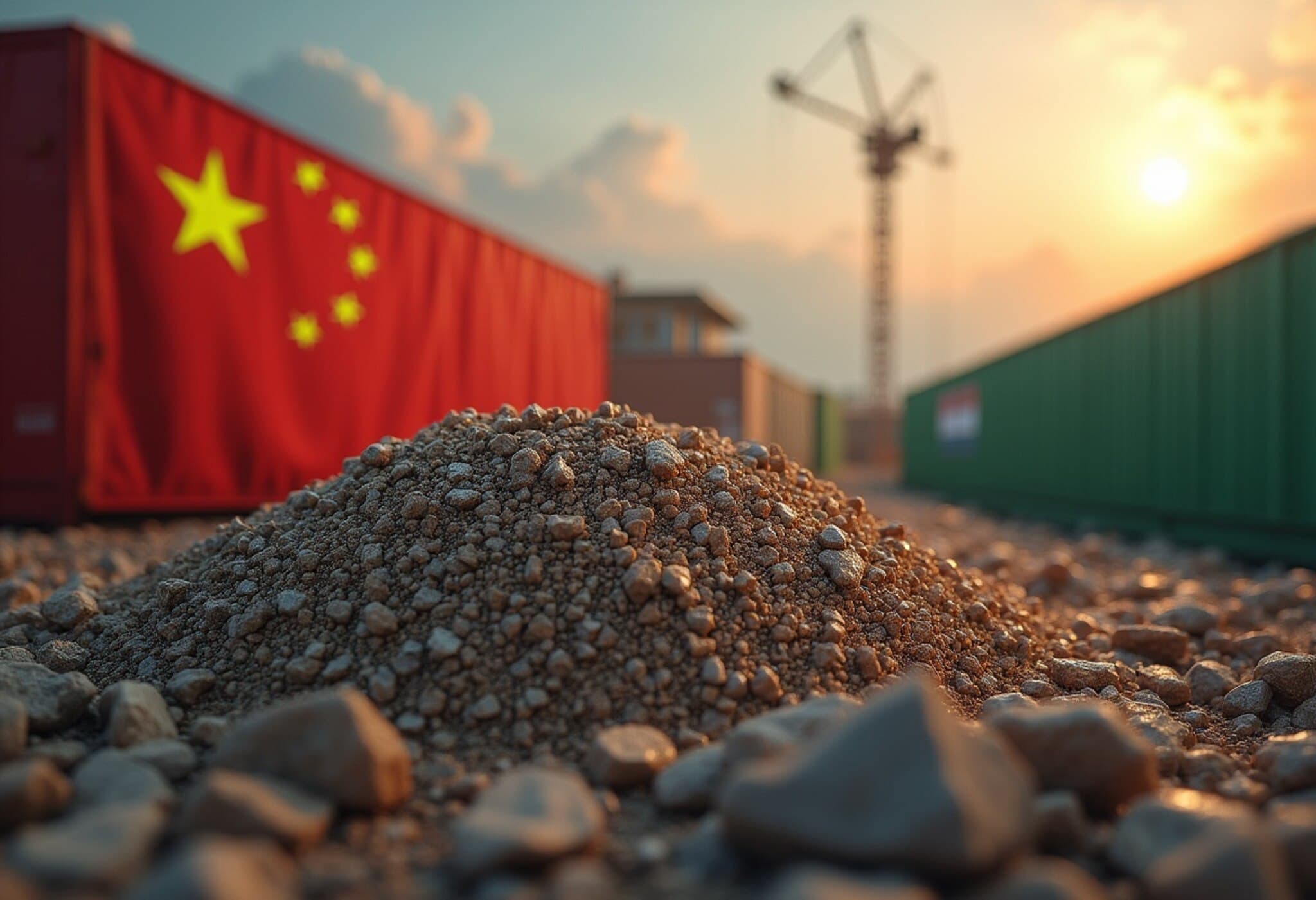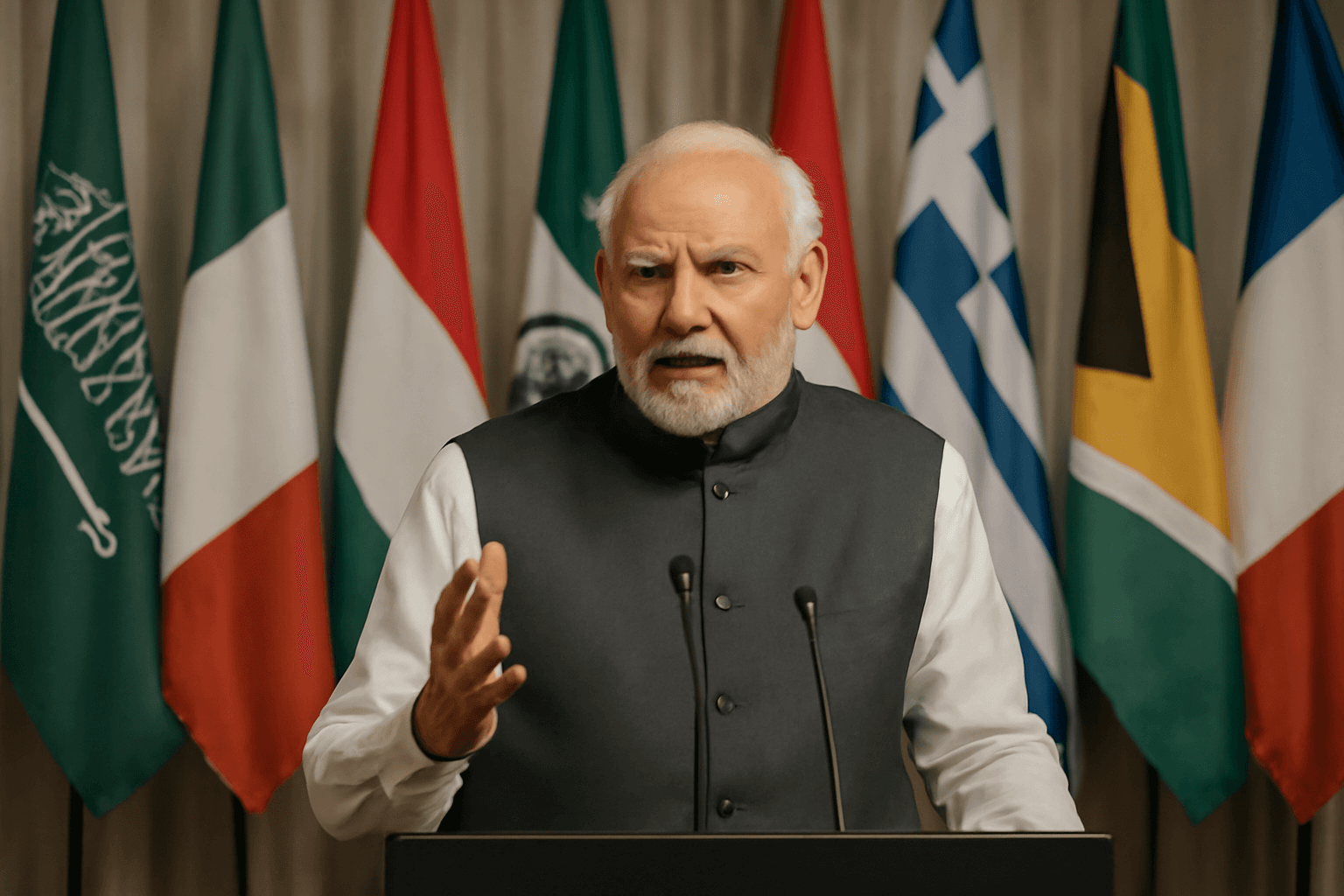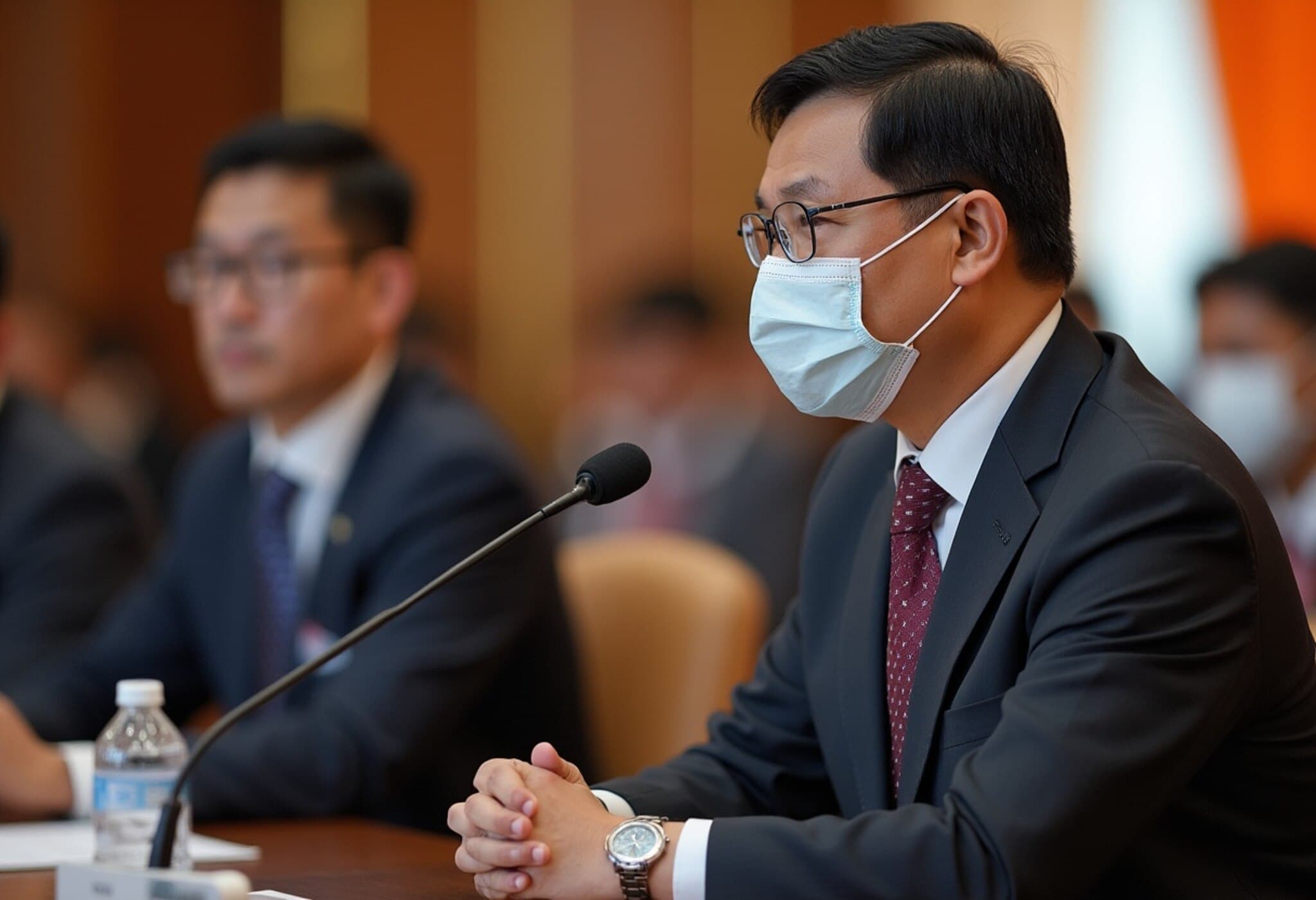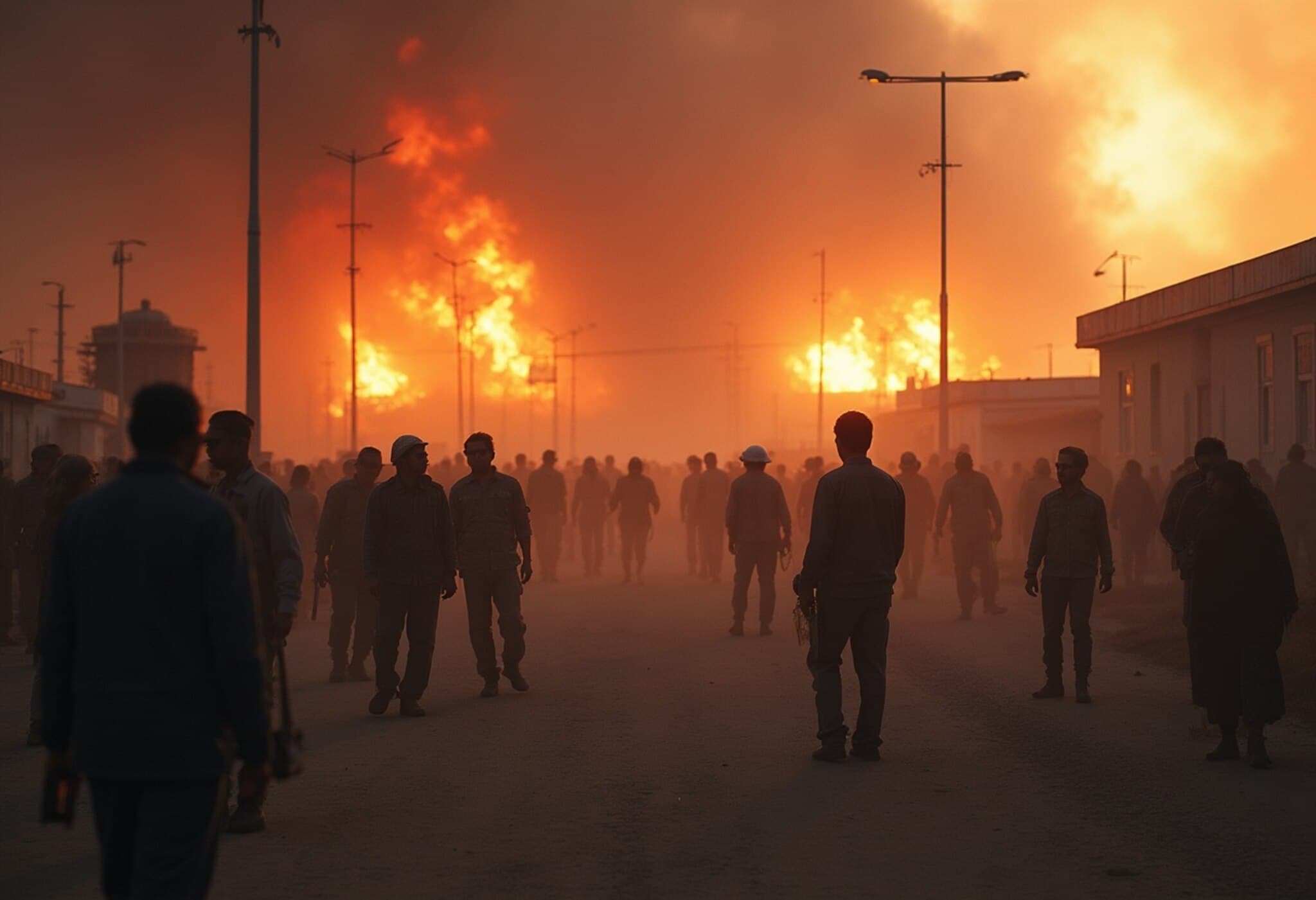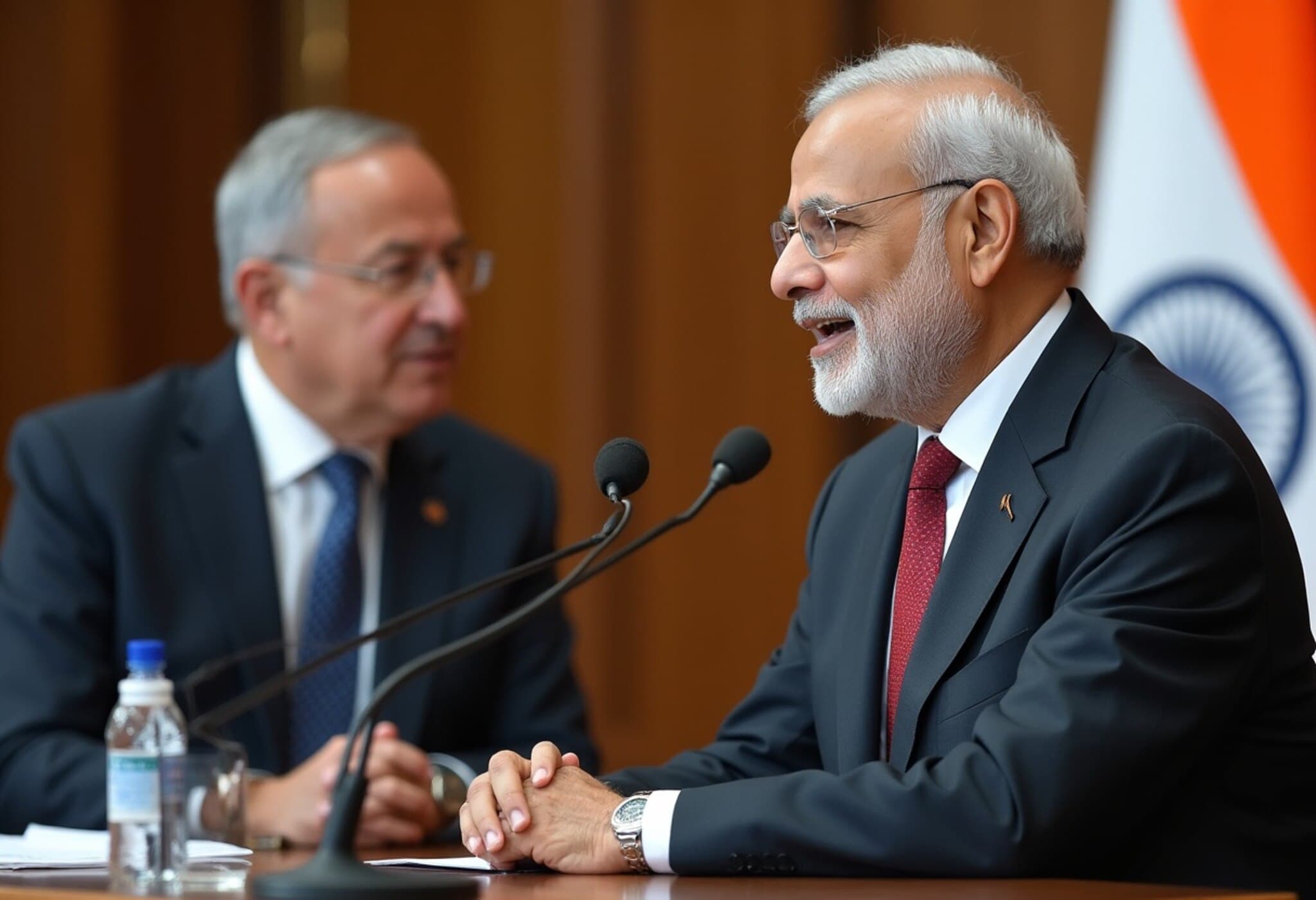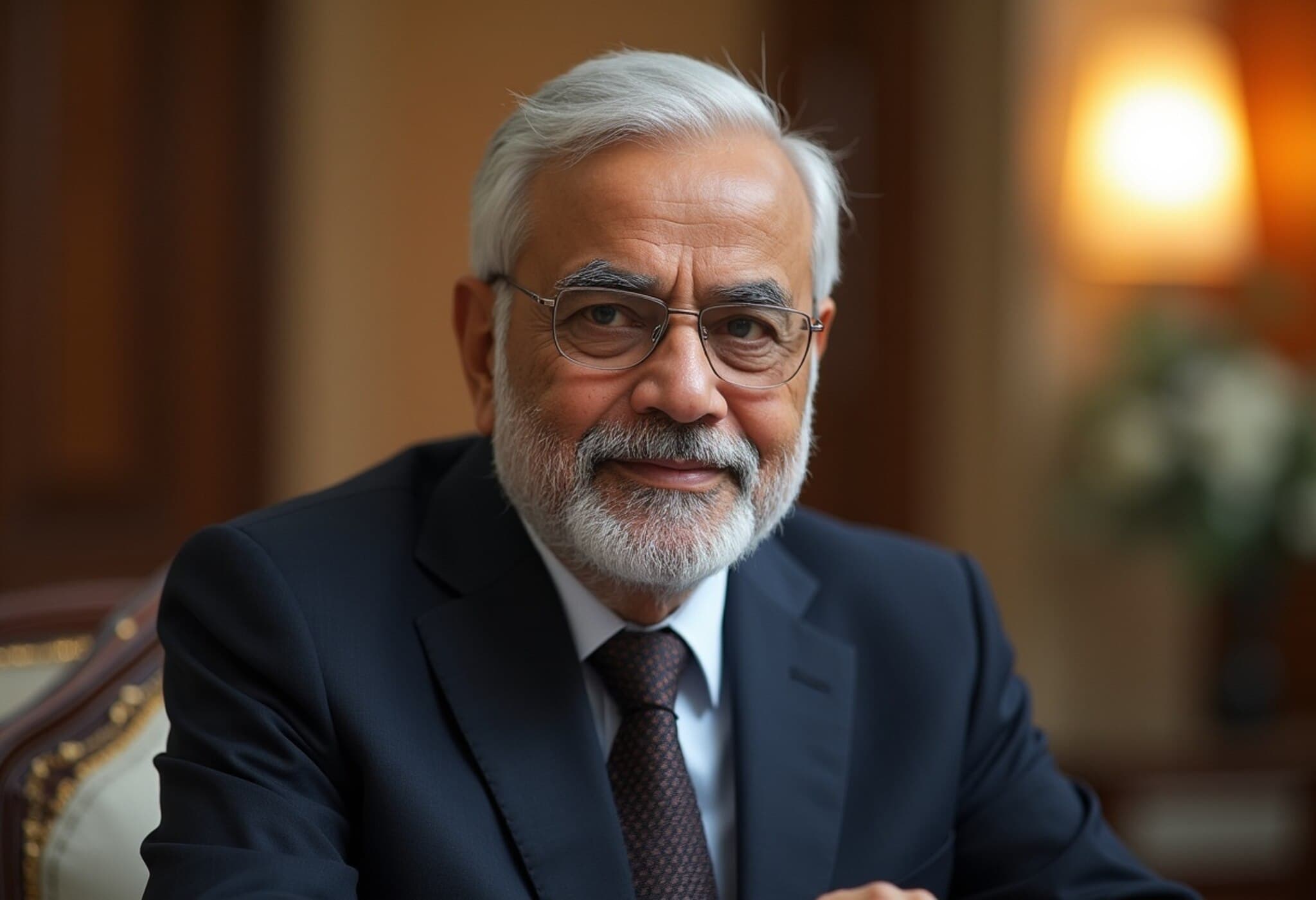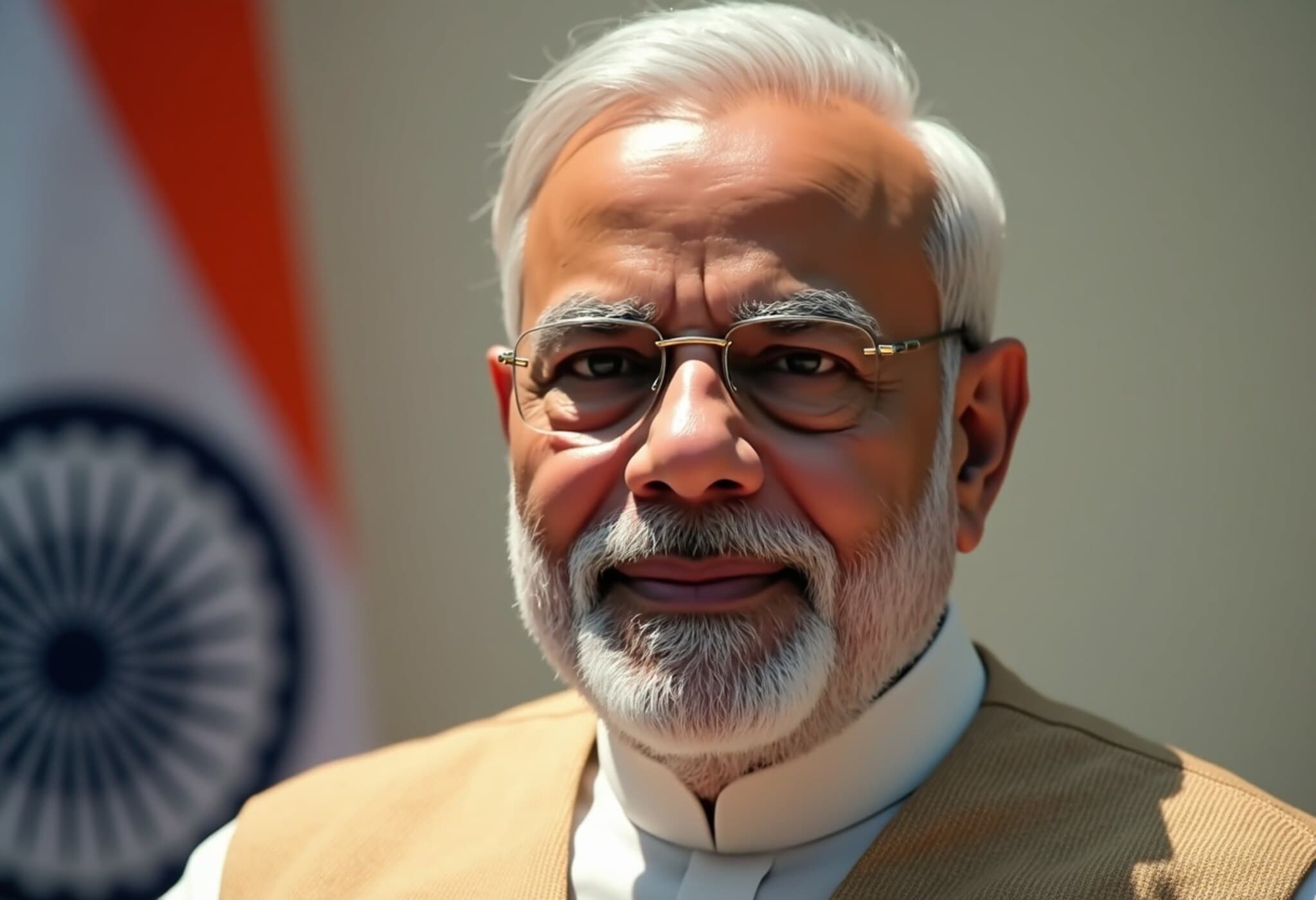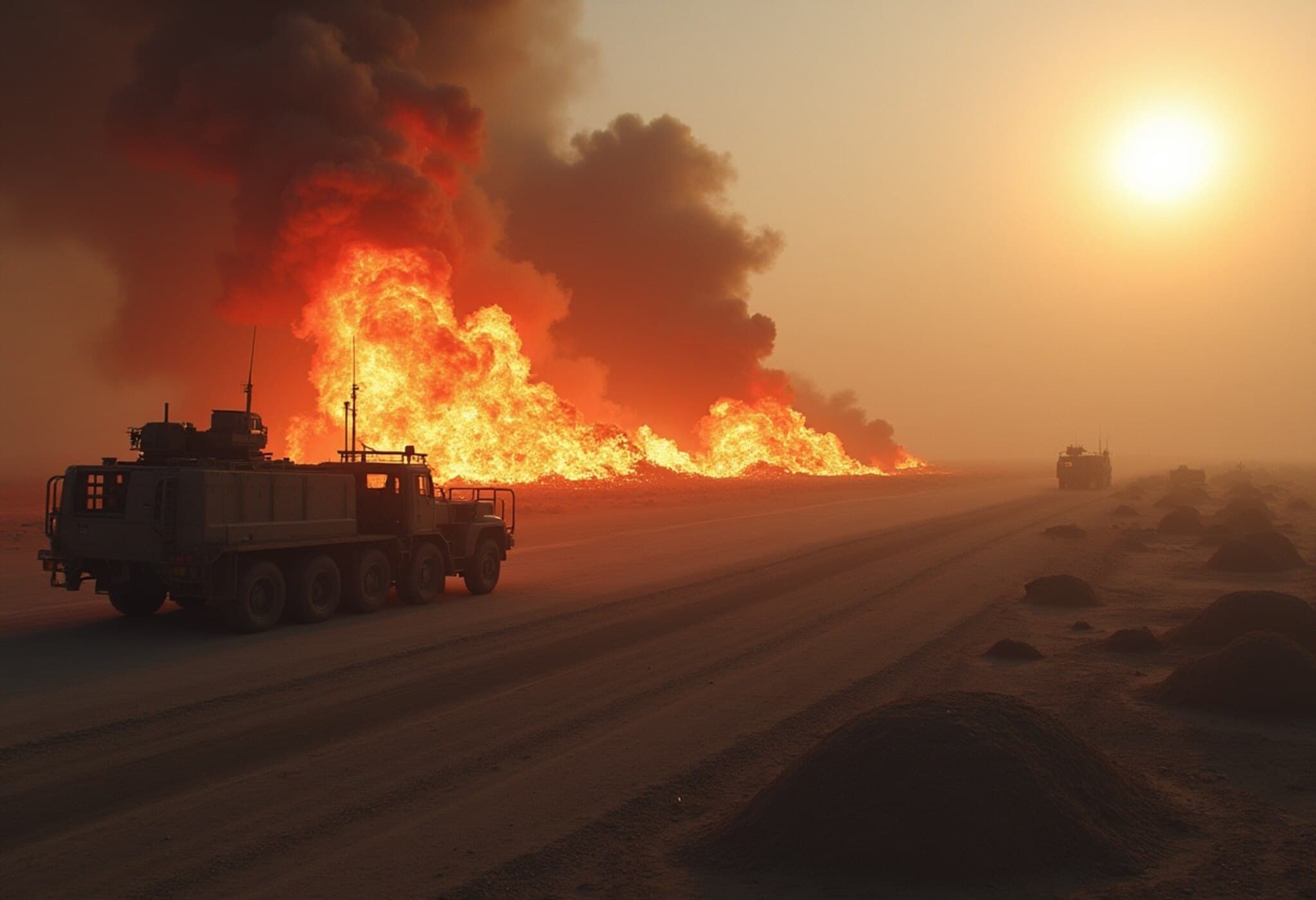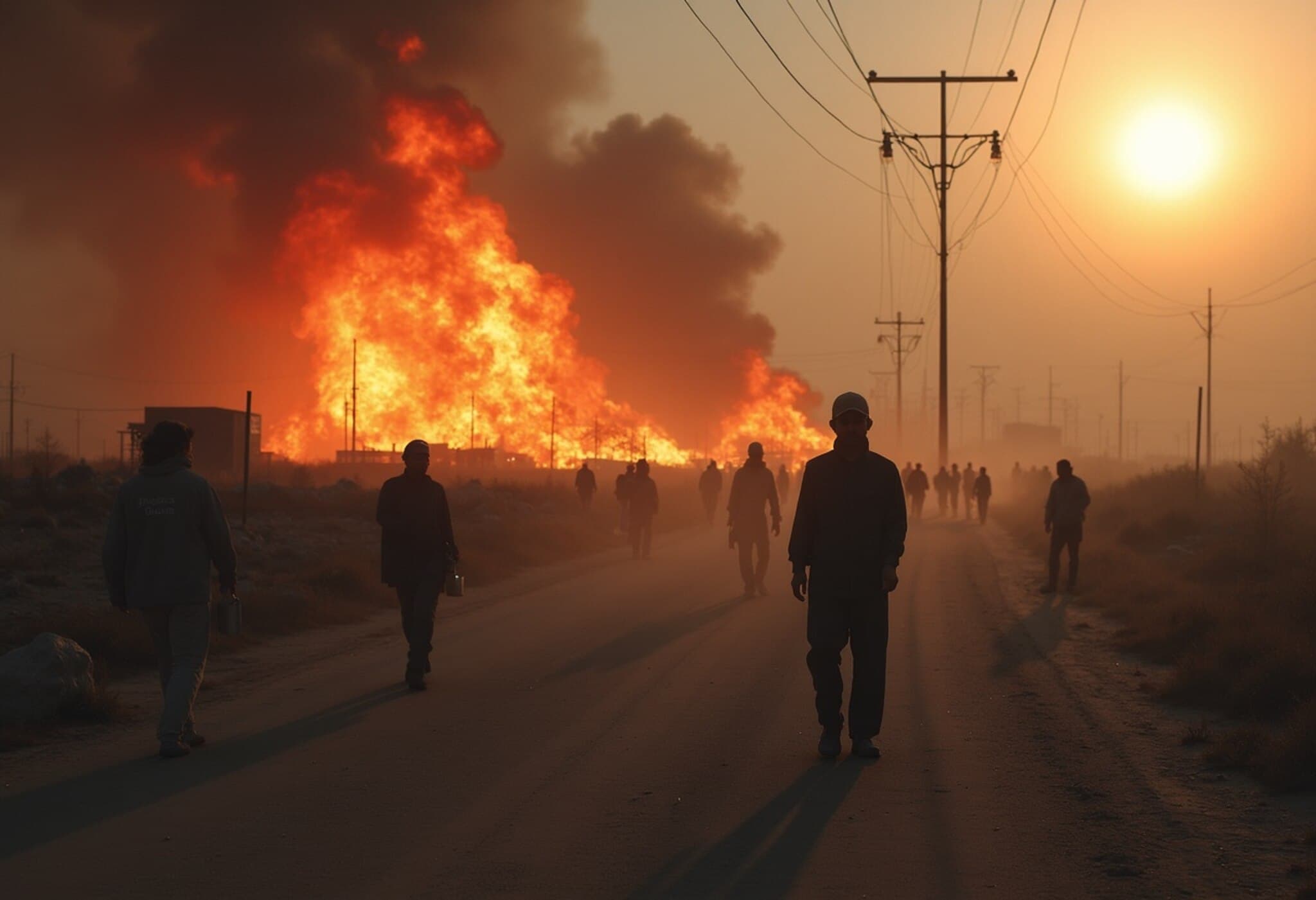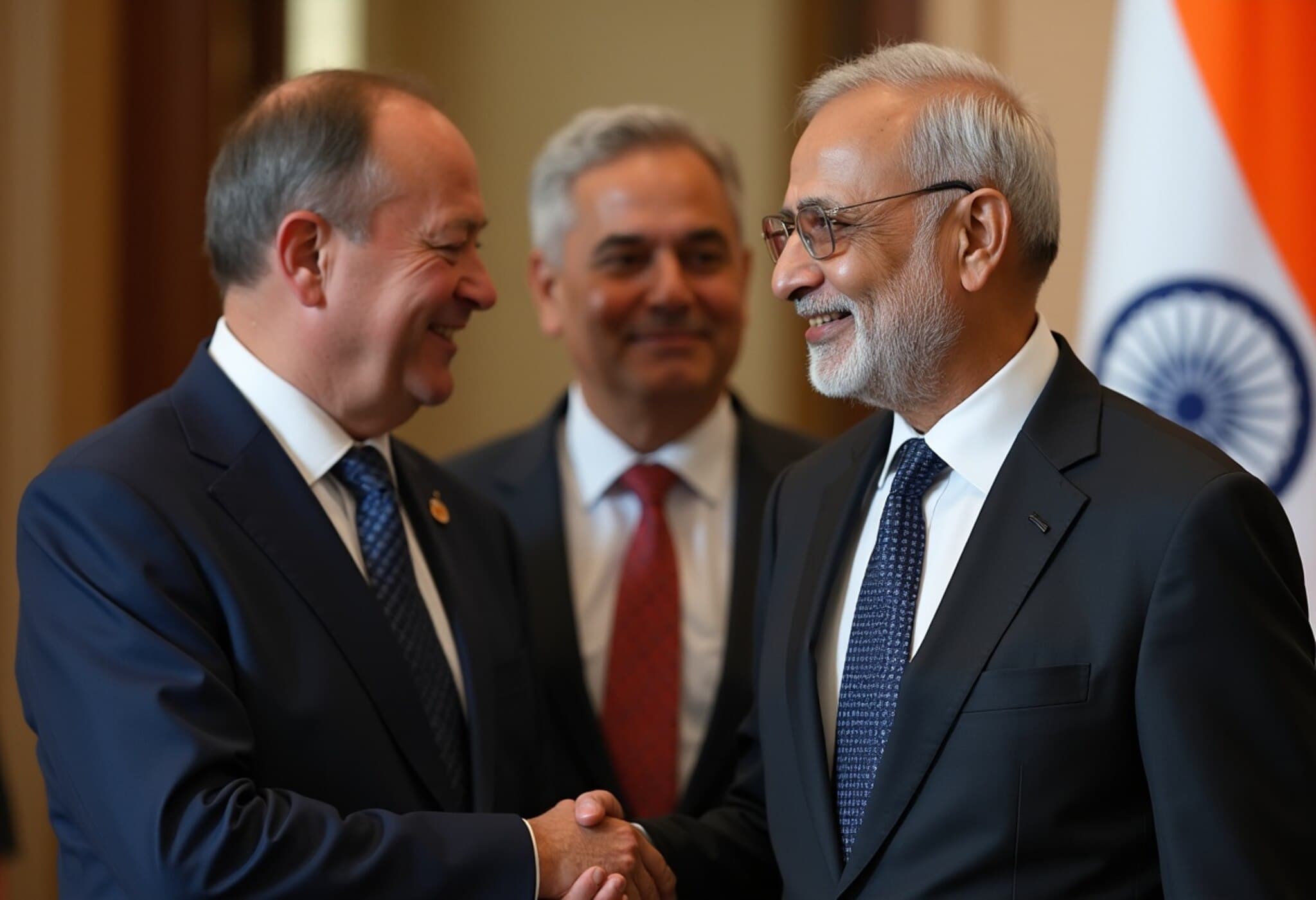Why PM Modi Is Unlikely to Attend China’s WWII Victory Parade: 5 Key Factors
As speculation swirls around Prime Minister Narendra Modi’s possible attendance at China’s upcoming World War II Victory Day parade in Beijing this September, experts and analysts increasingly agree that such a high-profile visit remains improbable. Despite recent diplomatic engagements hinting at a thaw in India-China relations, multiple strategic, economic, and domestic concerns temper expectations for Modi joining the event.
1. Diplomatic Progress Exists, but It’s Cautious and Limited
Over the past year, India and China have taken tentative steps toward easing tensions that have defined their relationship since the 2020 border clashes. Visits by External Affairs Minister S. Jaishankar and National Security Adviser Ajit Doval to Beijing, alongside China’s resumption of Tibet pilgrimages and India’s restoration of visa services for Chinese citizens, signal a mutual willingness to reset channels of communication.
Yet, as Ivan Lidarev, a China expert at the Institute of South Asian Studies in Singapore, pointed out recently, these developments do not amount to the kind of profound diplomatic thaw that would make a Prime Ministerial presence at a Chinese military parade appropriate. Modi’s attendance would convey a symbolic endorsement of China’s narrative—a gesture current geopolitical realities do not support.
2. Economic Frictions Undermine Trust
Trade between India and China topped $127 billion last year, underscoring the deep economic interdependence. However, behind these figures lies a web of mistrust. India continues to face challenges from China’s so-called "trade weaponization," including export restrictions on critical materials like rare earth minerals essential for India's manufacturing and clean energy sectors.
Phunchok Stobdan, a veteran diplomat and strategic analyst, asserts that China’s export curbs and alleged unfair trade practices are viewed in New Delhi as deliberate economic coercion designed to exert strategic pressure. These unresolved grievances make it politically risky for Modi to attend a parade that could be interpreted as acquiescence to Beijing’s broader geopolitical assertiveness.
3. Endorsing China’s Military Celebration Conflicts with India’s Strategic Alignments
The September 3rd parade commemorates China’s victory over Japan in World War II—a historically and geopolitically charged event. India, a key member of the Quadrilateral Security Dialogue (Quad) alongside Japan, Australia, and the United States, risks sending conflicting messages by appearing to embrace China's military narrative.
This tension is compounded by China’s continued territorial claims along the Sino-Indian border and its strategic partnership with Pakistan. Beijing's support to Islamabad, including the provision of advanced military hardware used in recent clashes during Operation Sindoor, has deepened Indian suspicions about China’s regional intentions.
4. Domestic and International Political Calculations Take Precedence
Modi’s foremost responsibility lies in safeguarding India’s interests on the home front and maintaining strategic autonomy abroad. The global diplomatic environment, particularly under U.S. President Donald Trump’s unpredictable foreign policy maneuvers—including his self-appointed role as mediator during Indo-Pak tensions and an ambiguous approach toward Pakistan’s military—complicates India’s calculus.
Amid these shifting sands, Modi has pursued a nuanced foreign policy balancing act, hedging between major powers without full alignment. Attending a parade alongside leaders like Russian President Vladimir Putin and possibly Pakistani officials could be politically fraught. It risks the perception of India aligning with a China-Russia axis, which runs contrary to its commitments within the Quad and its growing economic engagements with Western nations.
5. Opting for Diplomatic Caution Over Symbolism
While forums like the Shanghai Cooperation Organization (SCO) summit in Tianjin at the end of August present viable platforms for direct dialogue, a military parade in Beijing is a different diplomatic animal. It is a highly symbolic event with implications for India’s broader strategic messaging.
Given the current volatility of international relations—exacerbated by trade wars, tariff fluctuations, and erratic statements from major powers—the Indian government appears keen to keep its options open and avoid any abrupt signaling of policy shifts. Modi’s absence from the parade should be seen as a deliberate choice to maintain strategic ambiguity amid an evolving geopolitical landscape.
Expert Commentary: Navigating a Complex Bilateral Landscape
India’s relationship with China is one of the most complex in the world today. Both neighbors wrestle with shared history, contested borders, and intertwined economies, yet also diverge sharply on strategic interests. Modi’s decision not to attend the parade aligns with a broader Indian approach prioritizing gradual engagement over grand symbolic gestures—particularly when those gestures may unintentionally compromise India’s alliances or embolden China’s assertiveness.
Moreover, as the global order grapples with rising nationalism and economic protectionism, India’s cautious diplomacy reflects a mature understanding of both its domestic expectations and international responsibilities.
Editor’s Note
As India and China cautiously navigate a fragile détente, Modi's likely absence from the WWII Victory Day parade in Beijing encapsulates the delicate balancing act of modern statecraft. It underscores how historical symbolism intersects with present-day geopolitics and economic realities. Observers should watch closely for how India leverages multilateral forums over symbolism to protect its sovereign interests while seeking peaceful coexistence with a complex neighbor.
How India manages this nuanced diplomacy amid growing global uncertainties remains a pivotal question for analysts and policymakers alike.

